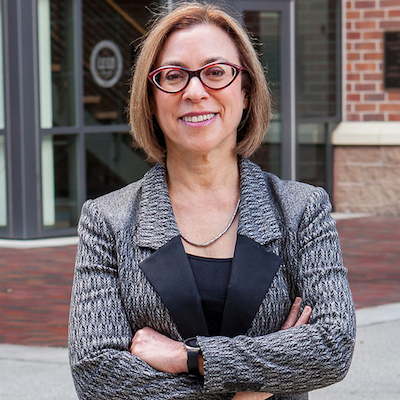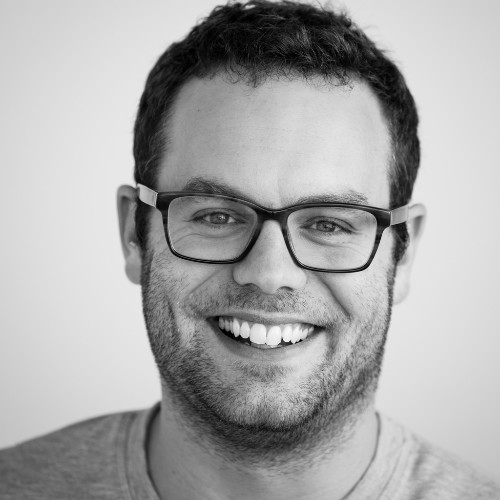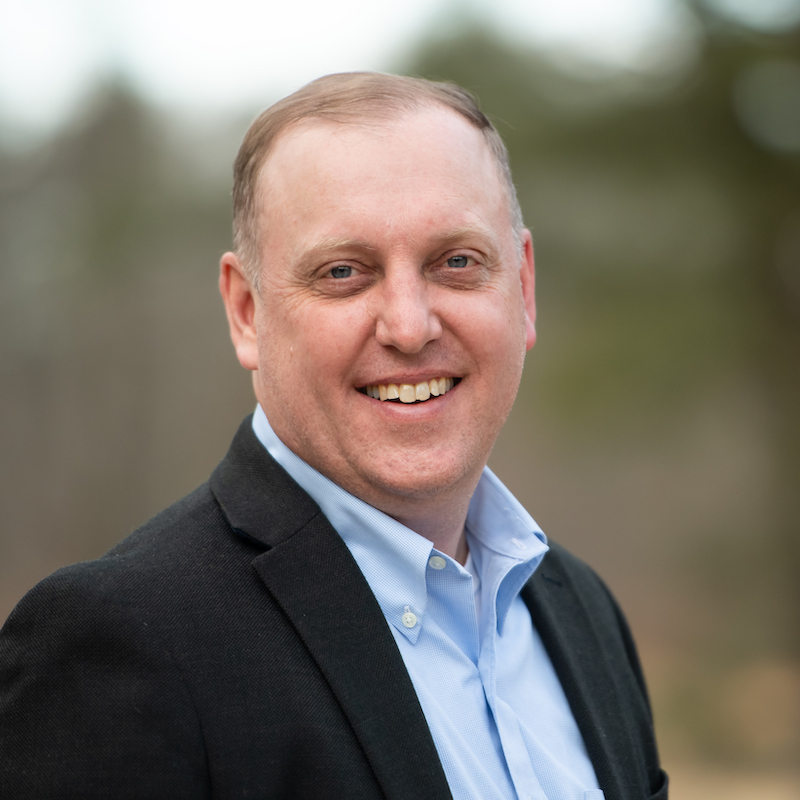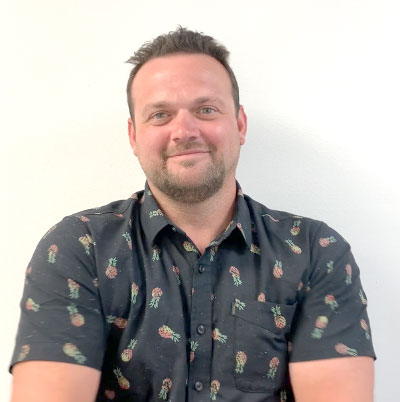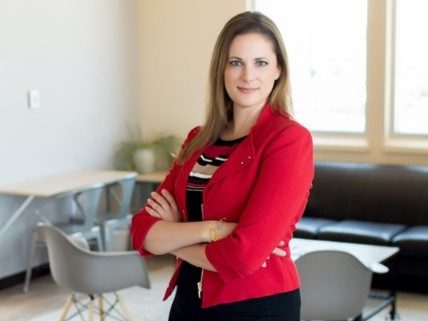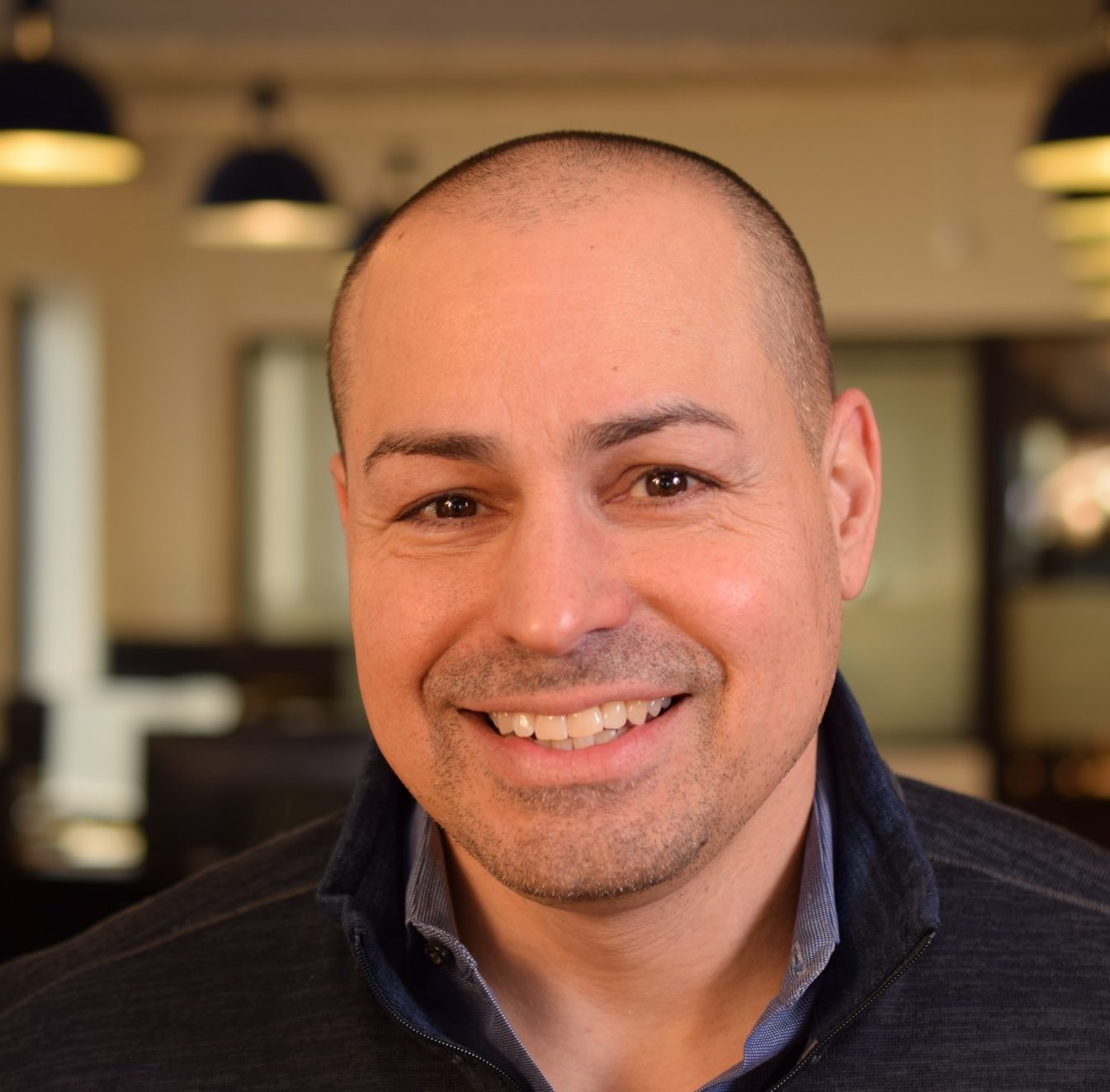Dr. Gloria Mark comes on the show to talk about distractions in the workplace and how we can be more focused.
Welcome back to Work Minus, where we talk about what we need to drop from how we work and quick pivots you can make to get closer to a better future of work.
Today our guest is Dr. Gloria Mark. She’s the professor of Informatics at the University of California-Irvine, and this episode is WorkMinus Distractions.
Hi Dr. Mark, how are you today?
I’m fine, thanks.
We’re very excited to have you on the show. You’ve done a lot of great research into an area that maybe there’s not a lot of statistics and background information in, in terms of distractions around the office and how to stay focused at work. Very interesting things have come out from that, but I want to just ask you: how did you first get involved in this type of research?
So, before I came back to the US in 2000 to work in academia, I was working in Europe, in Germany. And there was a very different work culture in Germany. I was working in research at a government-funded research institute, but people had a very different perspective on work. People who would take long lunch breaks, because of the culture to have warm meals at lunchtime. And, people really took the time to get to know each other. There, it was quite social in the workplace. I also had the luxury to be able to focus on just a few projects. When I came to the US in 2000, all of a sudden I was focusing on so many different projects. And it was a function of coming back to academia, but it was also a function of coming back to the US. And I looked around me, and I saw people were also as frantic as I was, managing all these different work projects. And I just wanted to find out, empirically, if everybody else was feeling as stressed as I was, and how people were managing dealing with all these different projects – what I call multi-tasking. Multi-tasking does not literally mean doing two things in parallel. Humans are just not capable of that. But what I refer to when I say ‘multitasking,’ is the rapid switching back and forth between different projects. And so this led me to do research in this area, to discover how much people actually multitask – how they feel about it and how they manage it. That’s what got me started.
Well, let’s jump into some of the research that you did, Gloria Mark. Tell us about the different types of distractions that you experience, especially in a digital world.
So, first of all, I want to point out that when people hear distractions, they immediately think that all distractions are bad. That’s not always the case. Some distractions can be very positive. An example of a very positive distractions – and I’m going to call them ‘interruptions…a part of distraction.
Sure.
So, you’re working on a project and you get stuck, and then someone comes along – a colleague – and asks you a question about that project, or gives you new information about that project and gets you to think about it in a very new way. So, that’s an example of a very beneficial kind of distraction. Another kind of interruption a distraction is something that enables people to have social experiences. Sometimes when people are really working isolated, and in their own office, having a short break and interacting with someone can fulfill a social need that people need to have at work. Last, another kind of beneficial distraction is one that can help people reset and re-energize. So just taking a break and getting away from work for just a short time, can help people rejuvenate. And of course, work breaks are very important – research shows that.
Having talked about a beneficial kinds of distractions and interruptions, there are very different kinds. There are those that are related to the task at hand: so interruptions that relate to the very same context in which you’re working in. And those tend to be very beneficial.
There’s also distractions that can completely pull you away, in a completely different context. There are those that are peripheral to what you’re working on: you might be knowledgeable about the topic, but it’s not directly related to what you’re working on. Those kinds of peripheral distractions tend to happen when people are working in open office environments. And then, of course, there are distractions that are due to face-to-face encounters: someone sticks their head into your office to ask you something. And there’s digital distractions, where people might be interrupted through a notification from email, news alerts, social media. And related to those kinds of digital distraction: there’s both what we call internal and external interruptions.
Let me talk about that for a bit. So, external interruptions are any kind of interruption that can be traced to some objective, identifiable force. So, if we’re talking about digital external interruptions – it’s an email notification or any kind of notification from a pop-up, some kind of alert on your interface. But then, there’s another kind of interruption that’s called internal or self-interruptions, where for no identifiable reason – you know, you’re watching someone, you’re observing them, and suddenly they stop what they’re doing in the middle of a task, and they turn and they check email, or they turn to social media, or they pick up the phone. You cannot identify what is the cause of this interruption. We call that internal interruption. It probably could be that they came across a piece information that triggered another thought, or something came into their memory – some itch that needed to be scratched about a topic and they just went online to try and satisfy that curiosity.
Now, I want to ask a little more about these internal distractions and interruptions that are there. Do you feel like that’s more of a modern phenomenon, or is it your your feeling that this has been humans all along? I feel like now that we have so much information at our fingertips, we’re almost even more open to being distracted – do you agree with that, Gloria Mark?
So, I so feel that self-interruptions have always been around. People have always interrupted themselves. Unfortunately, no one has ever done research in real-world context, to be able to understand if self-interruption has increased. But I would bet that they have, with digital media, because we have the access to more information now, faster than we’ve ever had before in history. So it’s just tapped into human nature, right? It taps into the way memory is structured. If people have some kind of random thought, it’s so easy to go online to pursue that thought, to seek information about it. We also can access people. And so, a thought pops into your mind, to be able to access someone, to be able to ask them a question about something, or just to say ‘hi,’ or to check up on how they’re doing. We have that capability at our fingertips. So, I do think that the amount of self-interruptions have increased with the advent of digital media.
Yeah. And it could be that we always had those distractions, we’re just able to act on them more now. So, I can send a message to somebody across the world instantly, and I can think about ‘what’s the capital of this country,’ and look it up immediately. So, I can get lost in those distractions and maybe those take me down extra rabbit holes too, right Gloria Mark? That could also be playing a big factor there.
So we do have research that shows how self-interruptions might be tied to the amount of external interruptions that people experience. We’ve collected data in the workplace. We measure interruptions objectively. We use all kinds of techniques: we use sensors, we log people’s computer and phone activity, we’ve done observations. We use a technique called ‘experience sampling,’ where we give people probes throughout the workday. Anyways, if we look at the data and we look at the amount of external interruptions and at the amount of internal interruptions, we find something really interesting. We find that when there’s patterns of high external interruptions, and when they decrease, we find that patterns of internal interruptions begin to increase. So, external interruptions decrease, internal interruptions increase. And this suggests that there’s some kind of conditioning going. That people are just conditioned to have short attention durations. If you’re not getting interrupted by some external force, people begin to interrupt themselves even more. And, recent research that we did shows that people’s medium attention duration when they’re working on the computer is about forty seconds.
Wow.
Throughout the day about every forty seconds, people are switching. And the mean is very close to that as well.
When we talk about distractions, Gloria Mark, I think we always say, okay I mean they’re distracted…or we have this term in ‘flow,’ right? It’s kind of like the ideal state to be in when you’re really functioning at a very high level. And you’ve kind of busted that myth that flow is good, distractions are bad. Because there are good distractions you’ve come about. But tell us a little bit more about how you define ‘flow,’ and how would you describe it?
So, the definition of ‘flow’…flow was a term that was invented by Csíkszentmihályi, a psychologist. And the definition is that there is a combination of using people’s skills and challenge. That people are challenged by an activity, but they also can practice their skill in it. And ‘flow’ happens when people become so immersed in an activity that they’re really unaware of the passage of time. Time just seems to flow by. And flow happens to a lot of different kinds of people, it happens to artists, and athletes, dancers, musicians…but it can also happen to information workers. For example, it can happen to software developers who become really immersed when they’re coding. It can happen to information workers even if they’re involved in something like a financial spreadsheet. When people are just really, really immersed. Flow also happens when people are very passionate about doing something. And that passion seems to be a trigger to keep people involved, and then eventually they get into this ‘flow’ state. It is rare. It’s very rare. It doesn’t happen that often. But it is nice when it does.
Is it something you feel like people can conjure up in a certain way, or are there certain kinds of situations that enable people to get into a ‘flow’?
I think it’s situation-based, in the sense that people, if they’re doing an activity that they’re really interested in, that requires a lot of interest. And it takes a little bit of time to get into a state of ‘flow.’ But when they do, then sometimes you can maintain it for a while. I’m thinking of musicians, for example. When musicians are playing, they can just become so involved in the music that they just kind of forget about their surroundings.
Yeah, yeah, absolutely. It’s a wonderful place to be in and we’re all trying to get there more often. So, this research about ‘flow,’ and about distractions is very helpful for us to think about. And to think about how we can structure our lives differently.
For you personally, Gloria Mark, what what are some things you’ve done in your life, or you’ve seen others do that are very effective in trying to reduce the negative distractions and increase time in ‘flow’?
Well, I turn off all applications except the one I’m working on, and and that helps me. I also…making lists are very helpful. Writing down…so, externalizing the activities that need to be done helps you set a goal that you’re going to complete this activity. It also helps you keep on track. ‘Flow,’ for me, I’m an academic, and ‘flow’’ happens when I’m writing a paper and I’m thinking of ideas. And I know that’s going to happen, and I try to set aside enough time that would allow me to get into a state of ‘flow.’ I know if I only have a half hour to work on something, I may not get into a state of ‘flow.’ But if I really can block out enough time, I can get into that, because it requires time to get into any kind of deep thought. And, going back to this idea short attention spans – when people are switching attention so rapidly, it hinders them from getting into ‘flow,’ and that goes without saying.
We’ve also done research where we look at how long people spend on a particular project. So, sometimes you can switch activities, but you’re working on the same project. I’m an academic; I work on papers. But working on a paper might involve me to switch between using a Word document where I’m writing, to reading something on the web, to maybe checking email to correspond with someone. And if we cluster those activities into a project, we find that people spend about ten-and-a-half minutes on a project before switching to something else. This study was done with all kinds of information workers. Ten-and-a-half minutes before making a significant switch to a completely different topic prevents people from getting into ‘flow,’ right? Because it takes time to get into deep thought. People have to commit to spending a fair amount of time on the same project, and that can be a precursor to ‘flow.’
So, I’m hearing that you have to be honest with the amount of time that you have for something – if you only have 15 minutes scheduled for a task, don’t do something that’s going to require really deep thought. But, try to block off more of those longer chunks of time, to take time to get into the flow, to avoid the distractions, and to push forward in that way. Would you agree with that?
Exactly. Yes.
Gloria Mark, I want to talk about that feeling we get whenever we got off to a bad start of the day. We’ve left our email notifications on, we check some things, we hit noon and we realize: I haven’t really accomplish as much as I wanted to, I allowed myself to be distracted. How is it that people can compensate for that? Is there a way that you see different people react in a different way to being distracted and trying to recover?
So that’s really interesting. We find that when people are in environments where they’re experiencing high numbers of interruptions, they tend to speed up their work. And I think it’s because they realize that there is a finite amount of time in the day. Or people might have a goal, they have to leave work at a certain time. So they speed up to compensate. Again, I think if people are just experiencing distractions all morning, you have to make a commitment to set aside a chunk of time to work on very specific tasks. So it really is about commitment.
I will say though, that we’ve found in our research that there are individual differences to being susceptible to distractions. Some people have very good self-control, and others are very poor at self-control. And if people are poor at self-control, then they can benefit by software that helps them block distractions. So-called ‘blocking software,’ where people can set particular sites that they designate as being blocked. But, let me also refer to the people who are good at self-control – this kind of software actually hurts them. Because it interferes with their own self-regulatory mechanisms, to be able to control themselves. And it actually hinders their work. It creates more of a cognitive burden on them, because they’re not able to use the mechanisms that they’re familiar with. Does that make sense?
Yeah, and that’s very, very interesting. I hadn’t really thought about that. So, Gloria Mark, you’re saying that someone who is already very disciplined, if they try to adopt a very rigid system that really controls them, it really hinders them because they are able to control their time a little bit better. And so that system actually works against them, right?
Yes, that’s right. So someone with very good self-control can…and some people can be masterful at using the internet for taking online breaks. We found…we did an experiment where we cut off distractions for everybody, for a work week. And we found that the people with high self-control also happen to be very conscientious as a personality trait – we found that those people just worked straight through. They didn’t take any breaks. They didn’t take physical breaks. These are conscientious people. And as a result, they got more stressed. And this is the way that people might experience burnout. So, you have to enable people to take work breaks, it’s important. And you have to figure out and you have to understand individual differences underneath that.
Yeah. Well, Dr. Gloria Mark, I think you have your work cut out for you in terms of the amount of research that needs to be done in this field. So much more needs to be poured into this, and to figure out how we can each individually become more productive, to reduce distractions, to increase good distractions, perhaps – and to be in ‘flow.’ Where can people go to stay up to date with some your latest research?
They can go to my website. And if you just Google my name, and if you Google ICS, you should be able to find my website pretty easily.
Yeah, and I’ll make sure it goes in the show notes, too. Gloria Mark, thank you so much for being on the show, it’s been really interesting. It gives me a lot of insights into how I can structure my day too. And it helps us all to live a life, and to work with less bad distractions in our life. Thank you so much.
You’re welcome, my pleasure.
Gloria Mark is Professor of Informatics at the University of California, Irvine. She received her PhD from Columbia University in psychology. She has been a visiting senior researcher at Microsoft Research since 2012. Her primary research interest is in understanding the impact of digital media on people’s lives and she is best known for her work in studying people’s multitasking, mood and behavior while using digital media in real world environments. She has published over 150 papers in the top journals and conferences in the fields of human-computer interactions (HCI) and Computer-supported cooperative work (CSCW) and is author of the book Multitasking in the Digital Age. She was inducted into the ACM SIGCHI Academy in 2017 in recognition for her contribution in HCI.
She has been a Fulbright scholar and has received an NSF Career grant. Her work has been recognized outside of academia: she has been invited to present her work at SXSW and the Aspen Ideas Festival and her work on multitasking has appeared in the popular media, e.g. New York Times, Wall Street Journal, NPR, The Atlantic, the BBC, and many others. She was general co-chair of the ACM CHI 2017 conference, was papers chair of ACM CSCW 2012 and ACM CSCW 2006, and currently serves as Associate Editor of the ACM TOCHI and Human-Computer Interaction journals.
